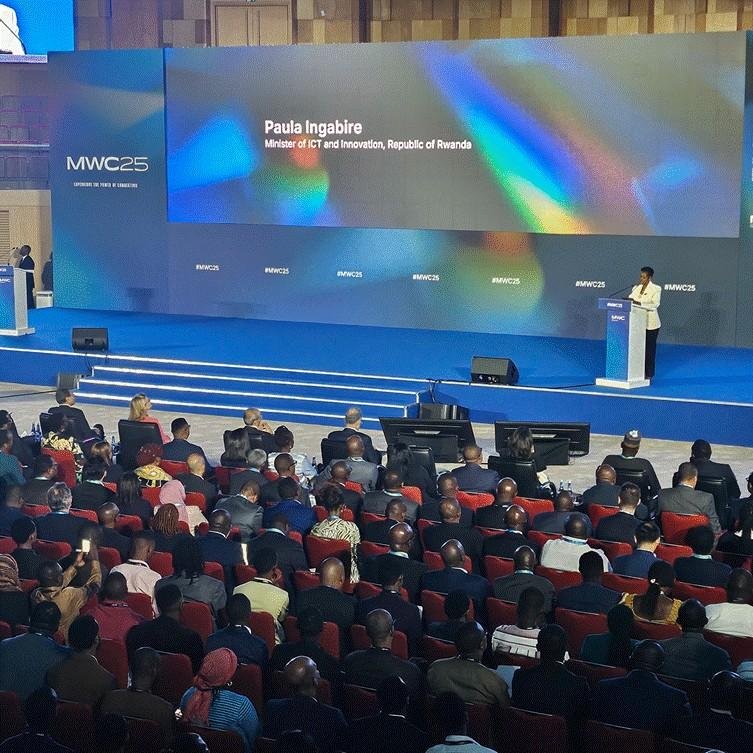SLT-Mobitel announced a historic milestone in Sri Lanka’s telecommunications infrastructure with the successful landing of the SEA-ME-WE 6 (Southeast Asia-Middle East-Western Europe 6) submarine cable in Matara on December 29, 2024. This achievement sets the stage for the cable’s commercial operation by mid-2026.
The landing was carried out in collaboration with Subcom LLC, USA, and under an agreement with the SEA-ME-WE 6 Consortium, with Sri Lanka Telecom PLC acting as the legal signatory. This accomplishment strengthens Sri Lanka’s position in global connectivity and enhances its digital infrastructure.
The operation was overseen by key SLT-Mobitel officials, including Chief Operating Officer Prabhath Ambegoda and the SLT operational team. The SEA-ME-WE 6 cable, stretching 21,700 km, connects Singapore to France, passing through vital points across Asia and the Middle East. Built with advanced fiber optic technology, it offers 130 Tbps of high-speed, low-latency connectivity, ensuring a substantial boost to Sri Lanka’s global digital infrastructure.
SLT-Mobitel’s participation as a consortium partner will meet growing connectivity demands across Europe, the Middle East, and South Asia. The cable’s environmental impact was carefully managed, with a focus on sustainability. The landing route was selected after rigorous environmental assessments, with minimal environmental disruption achieved by utilizing existing infrastructure.
This development complements SLT-Mobitel’s existing global connectivity infrastructure, which includes SEA-ME-WE 4, 5, and other cables, while the SEA-ME-WE 3 has been retired. The company is committed to investing in submarine cable systems to continue providing superior, uninterrupted global connectivity, positioning Sri Lanka as a key telecommunications hub.
SLT-Mobitel’s integration with this advanced network will boost Sri Lanka’s digital economy, facilitating seamless communication between Europe, the Middle East, and South Asia, while addressing the growing demand for reliable connectivity in these regions.















